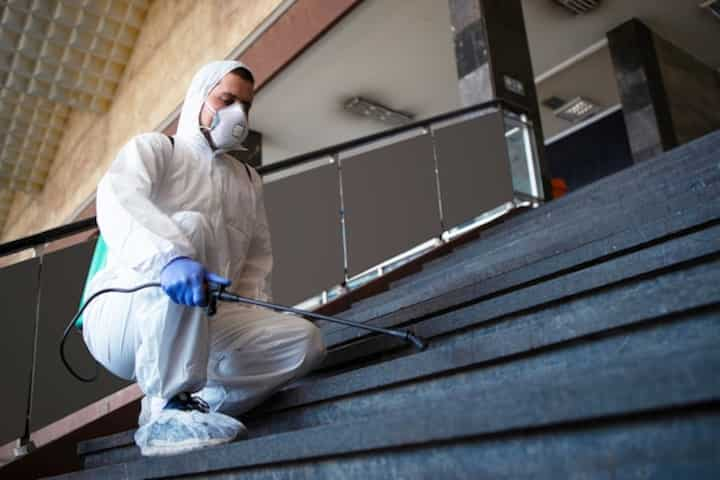
Expert Mold Inspection Services for Water Damage Find Mold Remediation Near Me
Water damage can be a nightmare for any property owner, and one of its most insidious consequences is mold growth. Mold not only affects the aesthetic appeal of a space but also poses serious health risks to the occupants. Finding expert mold inspection services becomes crucial in such scenarios. With mold remediation services readily available, understanding the importance of professional mold inspection and the steps involved in mold remediation can help property owners take swift action. This article provides a comprehensive guide to finding reliable mold inspection services and understanding the mold remediation process.
The Importance of Mold Inspection
Mold inspections are a critical step in identifying the presence and extent of mold growth within a property. Professional mold inspectors use specialized tools and techniques to detect mold, even in hard-to-reach areas. The benefits of a professional mold inspection include:
- Accurate identification of mold type and severity.
- Detection of hidden mold that is not visible to the naked eye.
- Assessment of potential health risks associated with mold exposure.
- Guidance on appropriate remediation strategies.
Understanding Mold Remediation
Mold remediation is the process of removing mold and restoring affected areas to prevent further growth. It involves several steps to ensure that the mold is completely eradicated and does not recur. Key stages of mold remediation include:
1. Containment
Containment measures are essential to prevent the spread of mold spores to unaffected areas. This may involve sealing off the affected area and using negative air chambers to isolate the spores.
2. Air Filtration
Air filtration devices, such as HEPA filters, are used to capture mold spores from the air. This step is crucial for improving air quality and ensuring a safe environment during remediation.
3. Removal of Mold-Infested Materials
Depending on the extent of mold damage, materials such as drywall, carpeting, and insulation may need to be removed and replaced. This ensures that all mold-infested elements are eliminated from the property.
4. Cleaning and Restoration
Remaining surfaces are thoroughly cleaned and sanitized to remove mold spores. Restoration efforts may include repainting walls, replacing damaged structures, and other necessary repairs.
Learn more in this detailed guide.
Finding Mold Remediation Services Near You
When searching for mold remediation services, consider the following tips to ensure you find a reliable and experienced provider:
- Look for certified and experienced professionals with a proven track record in mold inspection and remediation.
- Check online reviews and ratings to gauge customer satisfaction. Check out customer reviews here.
- Request a detailed estimate that outlines the scope of work and associated costs.
- Inquire about the techniques and equipment used in the remediation process.
Explore further insights here.
Preventing Future Mold Growth
Preventing mold growth is as important as remediation. Property owners should take proactive measures to avoid water damage and subsequent mold issues. Effective strategies include:
- Regularly inspecting and maintaining plumbing systems to prevent leaks.
- Ensuring proper ventilation in areas prone to moisture, such as bathrooms and kitchens.
- Using dehumidifiers to control indoor humidity levels.
- Promptly addressing any signs of water damage.